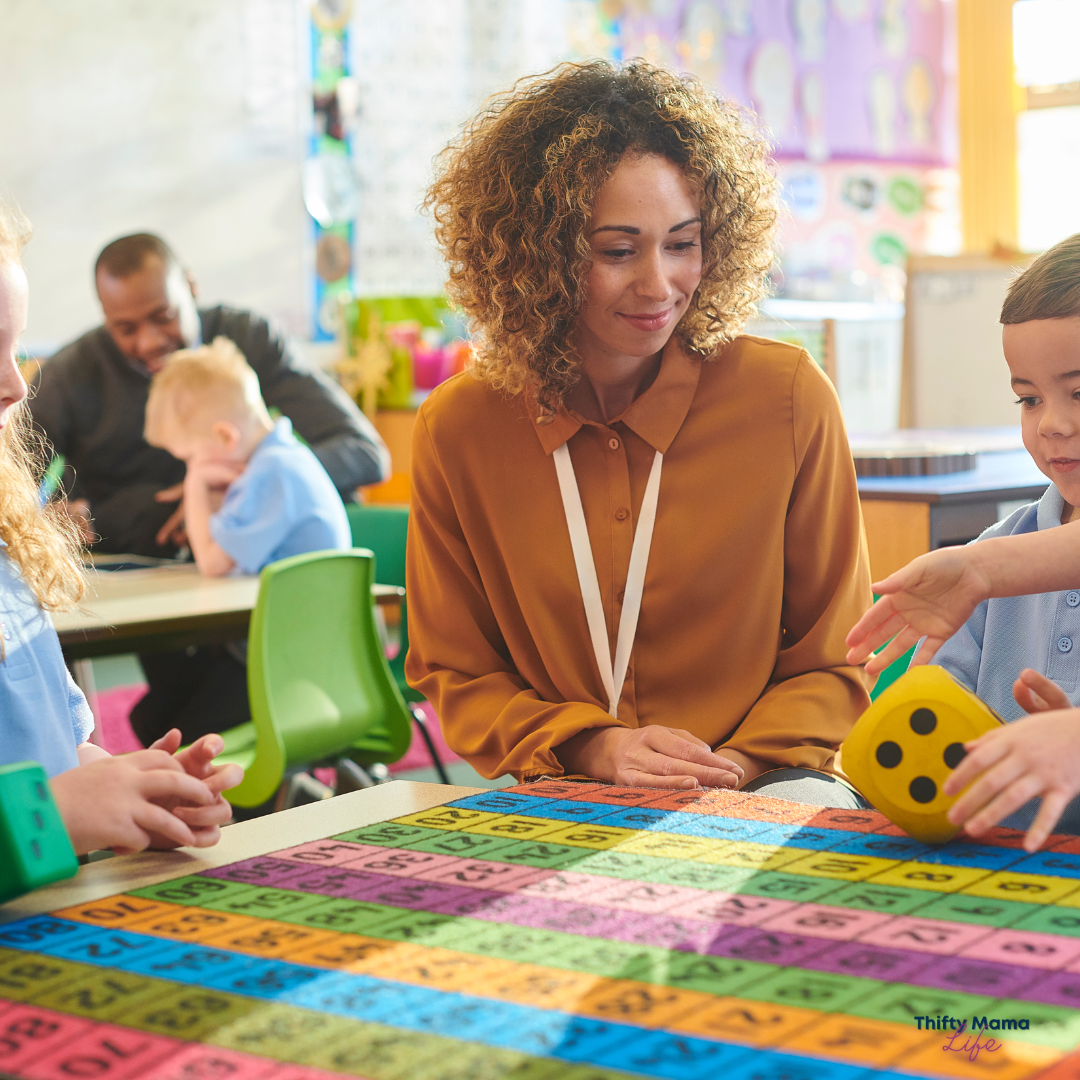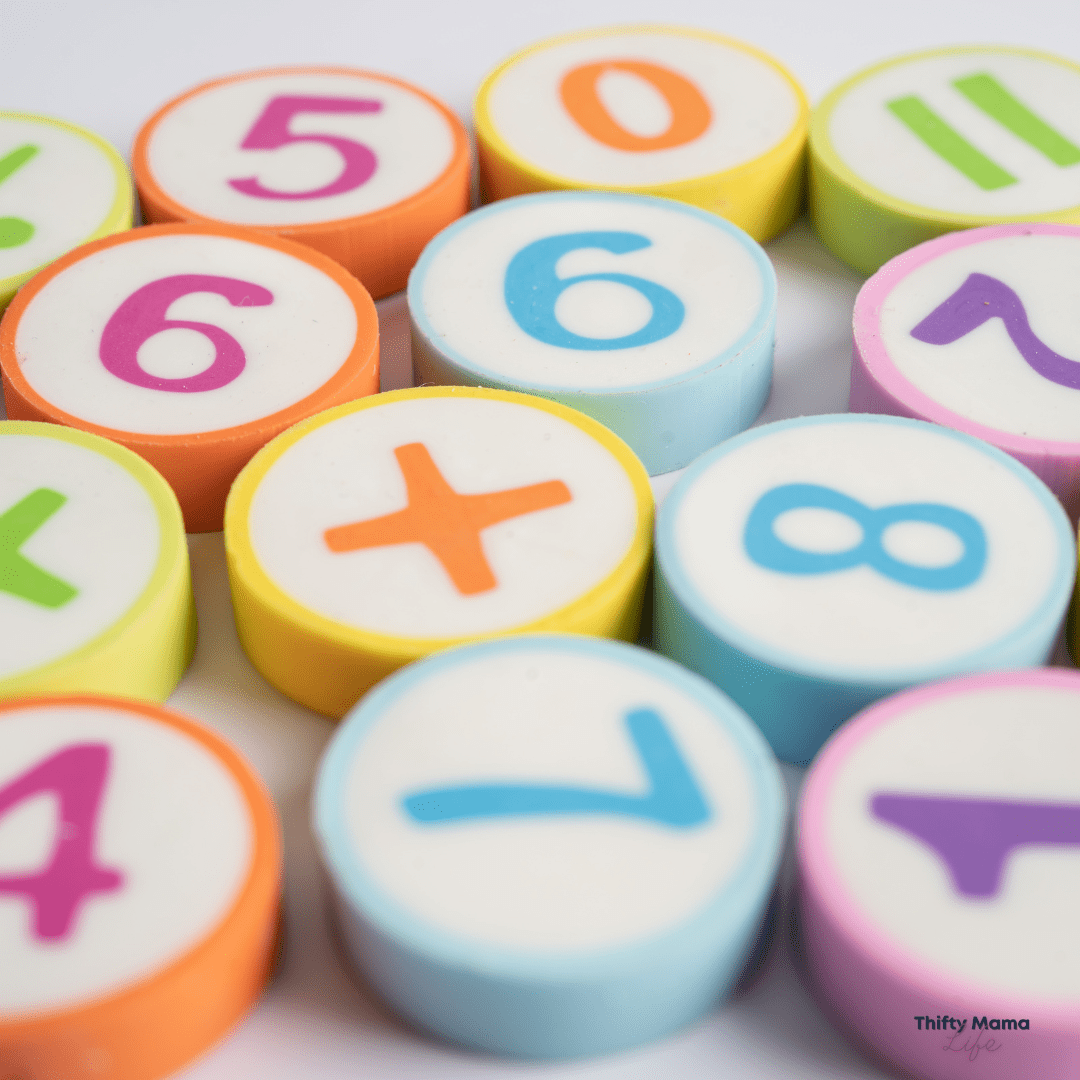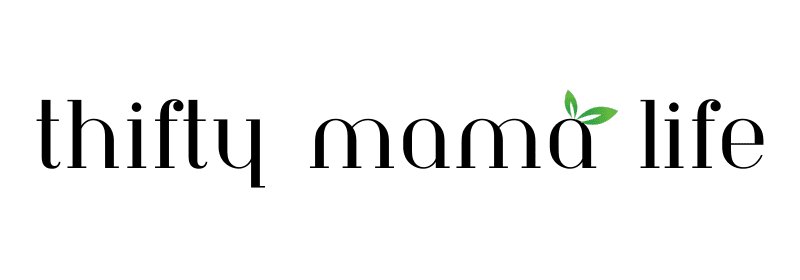Some of the links in this post are affiliate links. This means if you click on the link and purchase the item, I will receive an affiliate commission at no extra cost to you. All opinions remain my own.
Mathematics serves as a foundational pillar in early childhood education, particularly for kindergarteners who are just beginning their academic journey. At this stage, children are naturally curious and eager to explore the world around them, making it an ideal time to introduce mathematical concepts. The focus in kindergarten math is not solely on rote memorization of numbers or formulas; rather, it emphasizes understanding basic concepts such as counting, number recognition, and simple operations.
This early exposure to math lays the groundwork for more complex mathematical reasoning in later years. In kindergarten, math is often intertwined with play and exploration, allowing children to engage with numbers in a meaningful way. Educators aim to create a rich learning environment where children can discover mathematical ideas through hands-on experiences.
This approach not only fosters a love for math but also helps children develop critical thinking skills. By integrating math into various activities, teachers can help students see the relevance of mathematics in their everyday lives, setting the stage for lifelong learning and appreciation of the subject.
Key Takeaways
- Math for kindergarteners should be introduced in a fun and engaging way to build a strong foundation for future learning.
- Play and games can be incorporated into math lessons to make learning enjoyable and interactive for young children.
- Using manipulatives such as blocks, counters, and shapes can help kindergarteners understand and visualize math concepts.
- Making math relevant to everyday life can help kindergarteners see the practical applications of math and increase their interest in the subject.
- Storytelling can be used to engage kindergarteners in math by incorporating math concepts into imaginative and interactive narratives.
Incorporating Play and Games into Math Lessons
Play is an essential component of learning for young children, and incorporating games into math lessons can significantly enhance their understanding of mathematical concepts. Games provide a dynamic and interactive way for kindergarteners to engage with numbers, shapes, and patterns. For instance, simple board games that require counting spaces or matching numbers can reinforce number recognition and counting skills.
These activities not only make learning enjoyable but also encourage children to practice math in a low-pressure environment. Moreover, incorporating movement into math games can further captivate young learners. Activities such as “Math Hopscotch,” where children jump to different numbers while solving simple addition or subtraction problems, combine physical activity with cognitive challenges.
This kinesthetic approach caters to various learning styles and helps children internalize mathematical concepts through active participation. By embedding math into playful contexts, educators can create memorable learning experiences that resonate with kindergarteners.
Using Manipulatives to Teach Math Concepts

Manipulatives are tangible objects that children can handle and manipulate to explore mathematical ideas. These tools are invaluable in teaching kindergarteners because they provide a concrete representation of abstract concepts. For example, using counting blocks or beads allows children to visualize addition and subtraction by physically grouping and separating items.
This hands-on experience helps solidify their understanding of numerical relationships and operations. In addition to counting, manipulatives can be used to teach geometry and measurement. Shape sorters, pattern blocks, and measuring cups can introduce concepts such as shape recognition, spatial awareness, and volume.
When children engage with these materials, they are not merely learning about math; they are also developing fine motor skills and problem-solving abilities. The tactile nature of manipulatives makes math more accessible and enjoyable for young learners, fostering a sense of accomplishment as they grasp new concepts.
Making Math Relevant to Everyday Life
| Topic | Metrics |
|---|---|
| Real-life Applications | Number of examples where math is used in everyday situations |
| Engagement | Percentage of students who find math relevant to their daily lives |
| Problem Solving | Number of practical problem-solving activities in math curriculum |
| Student Performance | Comparison of math performance before and after implementing real-life relevance |
One of the most effective ways to engage kindergarteners in math is by connecting mathematical concepts to their everyday experiences. Children are more likely to grasp abstract ideas when they see their practical applications in real life. For instance, teachers can incorporate math into daily routines by involving students in activities such as counting the number of apples during snack time or measuring ingredients while cooking.
These experiences help children understand that math is not just confined to the classroom; it is a vital part of their daily lives. Additionally, educators can create thematic units that revolve around familiar contexts, such as shopping or gardening. In a shopping-themed lesson, children can practice addition and subtraction by using play money to “purchase” items from a classroom store.
This not only reinforces their math skills but also teaches them about budgeting and making choices. By framing math within relatable scenarios, teachers can cultivate a sense of relevance and purpose in their students’ learning experiences.
Engaging Kindergarteners in Math through Storytelling
Storytelling is a powerful tool that can be effectively utilized to teach math concepts to kindergarteners. Narratives capture children’s imaginations and can be woven into math lessons to make abstract ideas more concrete. For example, a story about a character who needs to share cookies among friends can introduce division concepts in a relatable way.
As children follow the story, they can visualize the problem and participate in solving it alongside the characters. Incorporating math-related stories into the curriculum also encourages language development and comprehension skills. As children listen to or read stories that involve numbers, shapes, or patterns, they learn to articulate their thoughts and ideas about math.
Teachers can enhance this experience by asking open-ended questions that prompt discussion and critical thinking. By merging storytelling with mathematics, educators create an engaging learning environment that nurtures both literacy and numeracy skills.
Encouraging Collaboration and Communication in Math Activities

Collaboration is an essential aspect of learning that fosters social skills and enhances understanding of mathematical concepts among kindergarteners. Group activities encourage children to work together to solve problems, share ideas, and communicate their thought processes. For instance, small group projects where students create patterns using colored blocks allow them to discuss their strategies and reasoning with peers.
This collaborative approach not only deepens their understanding but also builds confidence in expressing mathematical ideas. Furthermore, encouraging communication during math activities helps children articulate their thinking and reasoning. Teachers can facilitate discussions by prompting students to explain how they arrived at a particular answer or why they chose a specific strategy.
This practice not only reinforces their understanding but also exposes them to diverse perspectives on problem-solving. By creating an environment where collaboration and communication are valued, educators empower kindergarteners to become active participants in their own learning journey.
Incorporating Technology in Math Learning for Kindergarteners
In today’s digital age, technology plays an increasingly important role in education, including early childhood mathematics instruction. Interactive apps and educational software designed for young learners can provide engaging platforms for practicing math skills. These tools often incorporate games that adapt to individual learning levels, allowing kindergarteners to progress at their own pace while receiving immediate feedback on their performance.
Moreover, technology can facilitate interactive learning experiences that traditional methods may not offer. For example, virtual manipulatives allow children to explore mathematical concepts through digital representations of objects they would use in physical form. Online resources such as videos or interactive whiteboards can also enhance lessons by providing visual aids that clarify complex ideas.
By thoughtfully integrating technology into math instruction, educators can create dynamic learning environments that resonate with tech-savvy young learners.
Assessing and Celebrating Math Progress for Kindergarteners
Assessment in early childhood education should be approached with care and consideration, focusing on growth rather than comparison among peers. For kindergarteners, assessment can take many forms, including observations during activities, informal assessments through games, or portfolio collections of student work. These methods provide valuable insights into each child’s understanding of mathematical concepts while allowing educators to tailor instruction to meet individual needs.
Celebrating progress is equally important in fostering a positive attitude toward math among young learners. Recognizing achievements—whether big or small—can motivate children and reinforce their confidence in their abilities. Simple celebrations such as displaying student work on bulletin boards or hosting “math days” where students showcase what they’ve learned can create a sense of community and pride in their accomplishments.
By emphasizing growth and celebrating milestones, educators help cultivate a lifelong love for mathematics in kindergarteners, encouraging them to embrace challenges with enthusiasm and curiosity.






